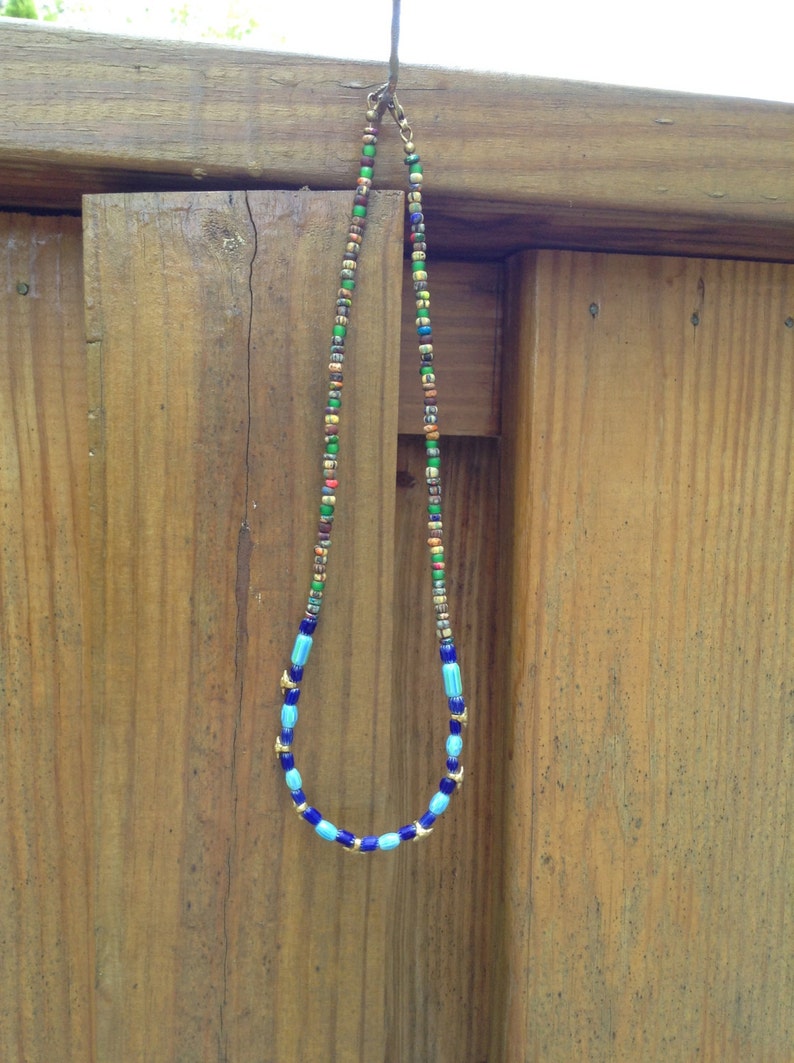

“Set Adrift” was the first pretty rap song to top the Hot 100. Over the years, “Set Adrift On Memory Bliss” has proven sneakily influential, but it also represents a road-not-taken moment in the history of rap’s rise to total commercial domination. But it’s also a strange astral meditation of a track, and it had headier things in mind than anything on those previous hits. Like both “Ice Ice Baby” and “Good Vibrations” before it, “Set Adrift On Memory Bliss” is a bright, catchy dance-rap track built on an extremely recognizable sample. Dawn leader Prince Be liked to call himself a songwriter, not a rapper, and he did nearly as much singing as rapping.

“Set Adrift On Memory Bliss” wasn’t a warning-shot hit like that N.W.A album in many ways, P.M. Dawn’s triumph came at the same time as the SoundScan era began. “Set Adrift On Memory Bliss” was already racing up the Hot 100 before the official start of the SoundScan era, but it still feels notable that P.M. Dawn’s “Set Adrift On Memory Bliss” topped the Hot 100, the only #1 rap hits had come from crossover-minded white pop-rappers, Vanilla Ice and Marky Mark. But it can’t be a coincidence that the first #1 hit of the SoundScan era is also the first #1 single from a Black rap group. Once again, the effects weren’t necessarily immediate. Before that, radio-station programmers and record-store owners had been able to switch numbers around. Starting in November of 1991, Billboard changed things up, using SoundScan to figure out the sales and Broadcast Data Systems to monitor radio play. Billboard had always used a combination of single sales and radio play in figuring out the Hot 100, but it hadn’t exactly gathered that data scientifically. Six months later, the SoundScan era came to the Hot 100. A month after the SoundScan era went into effect, N.W.A’s Efil4zaggin was the #1 album in America, something that would’ve been unthinkable pre-SoundScan. But in the weeks that followed, albums started debuting at #1, and label heads learned that things like rap and country were way more popular than they realized. The effects of the SoundScan switchover weren’t immediate the first #1 album of the SoundScan era, after all, was Michael Bolton’s Time, Love & Tenderness. Suddenly, the magazine was able to use empirical data, and it’s a lot harder for record labels to manipulate empirical data.

That’s when Billboard stopped tabulating its charts by using phoned-in information from record stores and started depending on SoundScan, Nielsen’s electronic monitoring system, to figure out which albums sold the most. In May of 1991, the Billboard album charts changed forever. In The Number Ones, I’m reviewing every single #1 single in the history of the Billboard Hot 100, starting with the chart’s beginning, in 1958, and working my way up into the present.


 0 kommentar(er)
0 kommentar(er)
